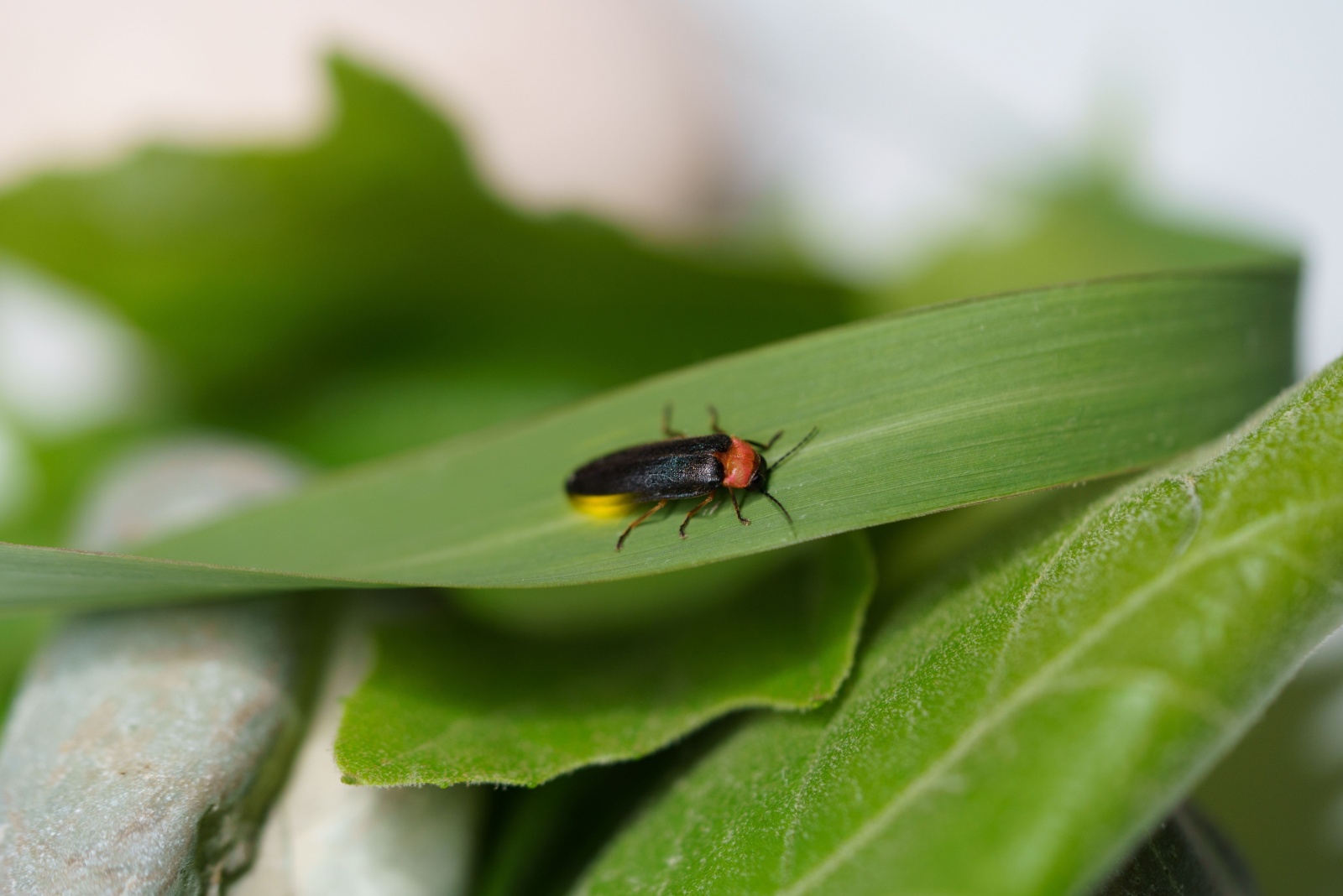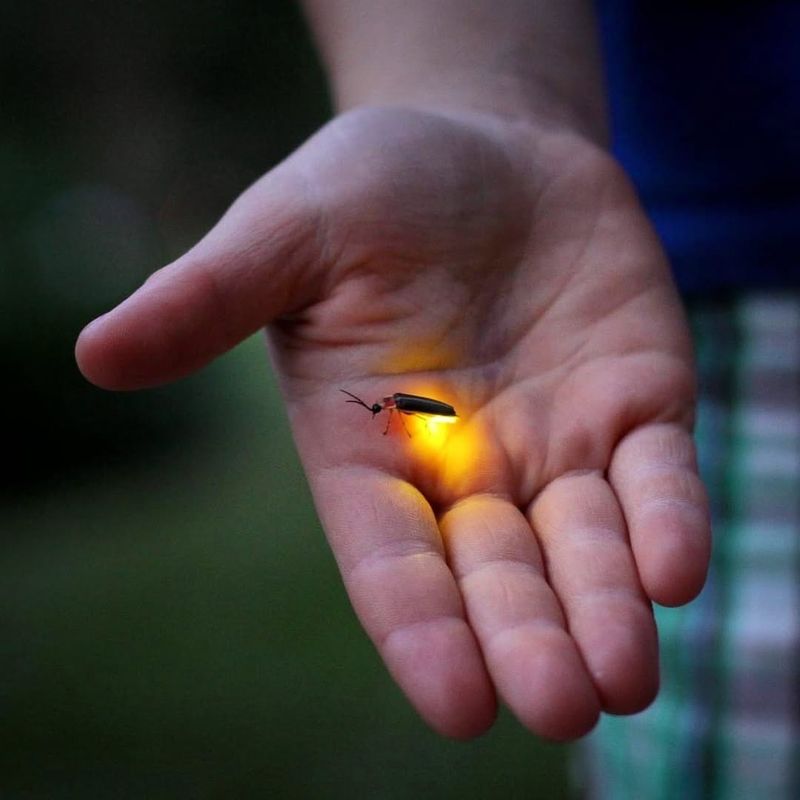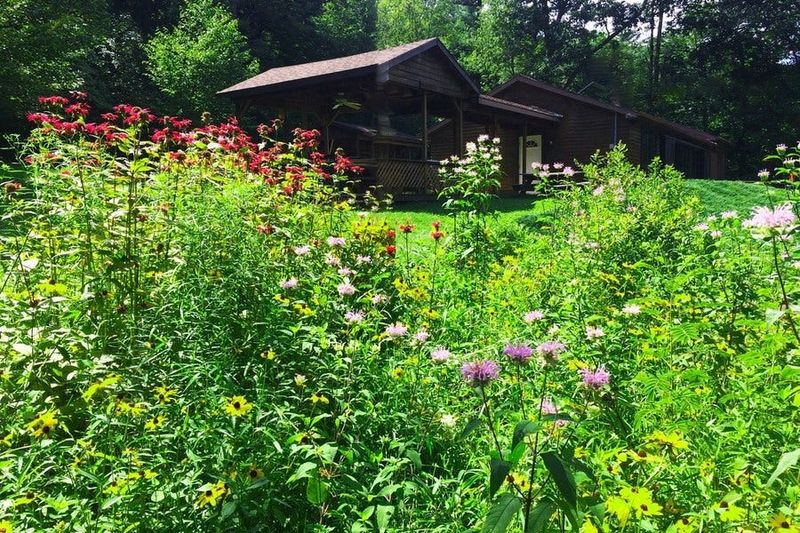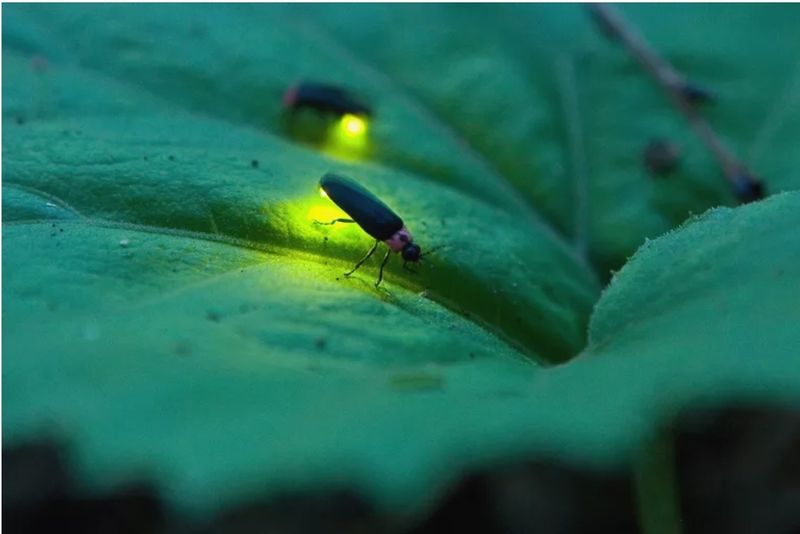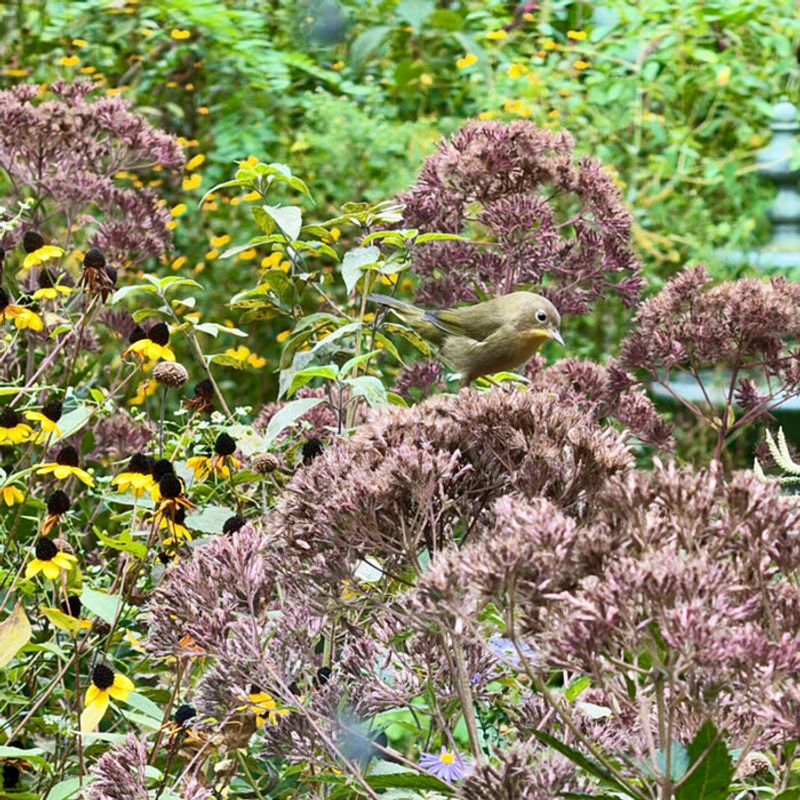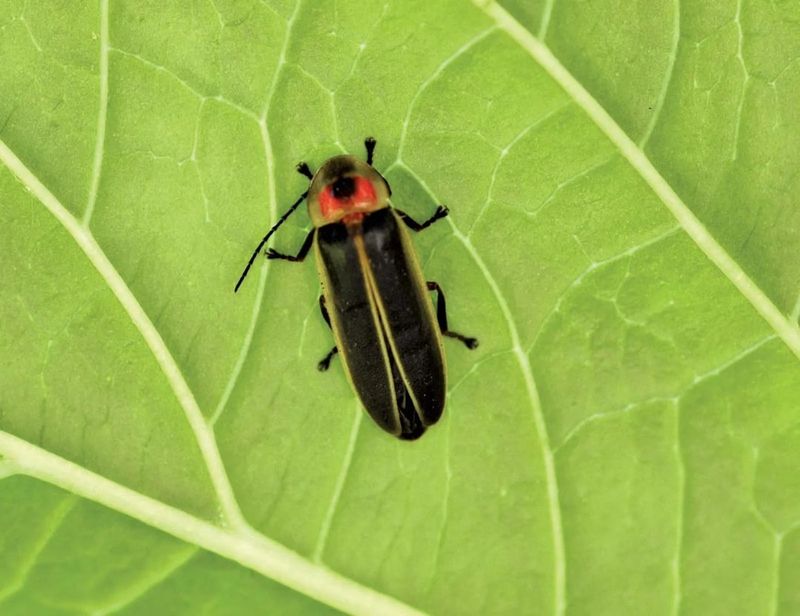Summer evenings in Pennsylvania used to glow with thousands of tiny lights dancing across backyards and meadows. Fireflies, those magical insects that lit up our childhood memories, are becoming harder to spot each year.
Their disappearance signals bigger problems in our environment that affect more than just these glowing beetles. Understanding why they’re vanishing helps us protect not only fireflies but the health of our gardens and communities too.
1. Light Pollution Drowns Out Their Glow
Streetlights, porch lights, and glowing signs create a constant brightness that confuses fireflies trying to find mates.
Male fireflies flash specific patterns to attract females, but artificial light makes these signals nearly impossible to see.
When fireflies cannot communicate properly, they struggle to reproduce and their populations shrink. Turning off unnecessary outdoor lights during summer evenings gives these insects a better chance to connect and continue their life cycle in your neighborhood.
2. Pesticides Eliminate More Than Just Pests
Chemicals sprayed on lawns to eliminate mosquitoes and other bugs do not discriminate between harmful insects and helpful ones.
Firefly larvae live in the soil for up to two years before becoming adults, making them extremely vulnerable to pesticides.
Even small amounts of these chemicals can wipe out entire generations of fireflies hiding underground. Choosing natural pest control methods or reducing chemical use protects fireflies and creates a healthier ecosystem for birds, bees, and other beneficial creatures in your garden.
3. Perfect Lawns Destroy Firefly Homes
Fireflies need messy, wild spaces with leaf litter, tall grass, and decaying wood to survive. Larvae feed on snails, slugs, and worms found in damp, undisturbed areas.
Modern landscaping trends favor perfectly manicured lawns that get mowed frequently, removing the habitat fireflies desperately need.
Leaving some areas of your yard a little wild, with unmowed patches and fallen leaves, provides essential shelter and food sources. Your neighbors might raise eyebrows, but fireflies will thank you with their summer light show.
4. Development Paves Over Breeding Grounds
Shopping centers, housing developments, and parking lots replace the fields and forests where fireflies once thrived. Each new construction project eliminates acres of potential firefly habitat.
Pennsylvania has experienced significant suburban sprawl over recent decades, leaving fewer natural spaces for wildlife. Fireflies need specific moisture levels and vegetation types that disappear when land gets developed.
Supporting local conservation efforts and preserving green spaces in your community helps maintain crucial habitats for fireflies and countless other species struggling to survive urbanization.
5. Climate Changes Disrupt Their Life Cycle
Fireflies time their emergence with specific temperature and moisture conditions that signal the right moment to transform from larvae to adults. Warmer winters and unpredictable spring weather throw off these carefully timed cycles.
Droughts dry out the moist soil firefly larvae need, while unusual cold snaps can terminate developing insects. Climate shifts also affect the snails and slugs that larvae eat, creating food shortages.
Planting native trees and maintaining rain gardens helps stabilize local microclimates and provides consistent conditions fireflies depend on.
6. Missing Moisture Means Fewer Fireflies
Firefly larvae absolutely require damp environments to breathe and move through soil. Pennsylvania gardens with automatic sprinklers that run briefly create surface wetness but leave deeper soil layers bone dry.
Natural moisture from rain that soaks deep into the ground works much better than shallow watering. Installing rain barrels, creating small ponds, or allowing natural drainage patterns helps maintain the consistent dampness fireflies need.
Even a small boggy corner of your yard can become prime real estate for these glowing insects and their offspring.
7. Invasive Plants Crowd Out Native Species
Plants like Japanese barberry and autumn olive spread aggressively through Pennsylvania landscapes, replacing native vegetation that supports firefly prey. Snails and slugs that firefly larvae hunt prefer specific native plants for food and shelter.
When invasive species dominate an area, the entire food web collapses, leaving fireflies without adequate resources.
Removing invasive plants and replacing them with native Pennsylvania species like wild bergamot, black-eyed Susans, and native grasses restores balance. Native plants also require less maintenance and water than exotic ornamentals.
8. Disconnected Habitats Isolate Populations
Fireflies cannot fly very far, typically staying within a few hundred feet of where they emerged. When suitable habitats become scattered islands surrounded by pavement and buildings, firefly populations get trapped and isolated.
Small, isolated groups suffer from limited genetic diversity and higher extinction risk. Creating wildlife corridors by connecting yards with hedgerows, leaving fence gaps, and coordinating with neighbors to maintain continuous green spaces allows fireflies to move between areas.
Connected habitats support healthier, more resilient firefly populations throughout entire neighborhoods.

